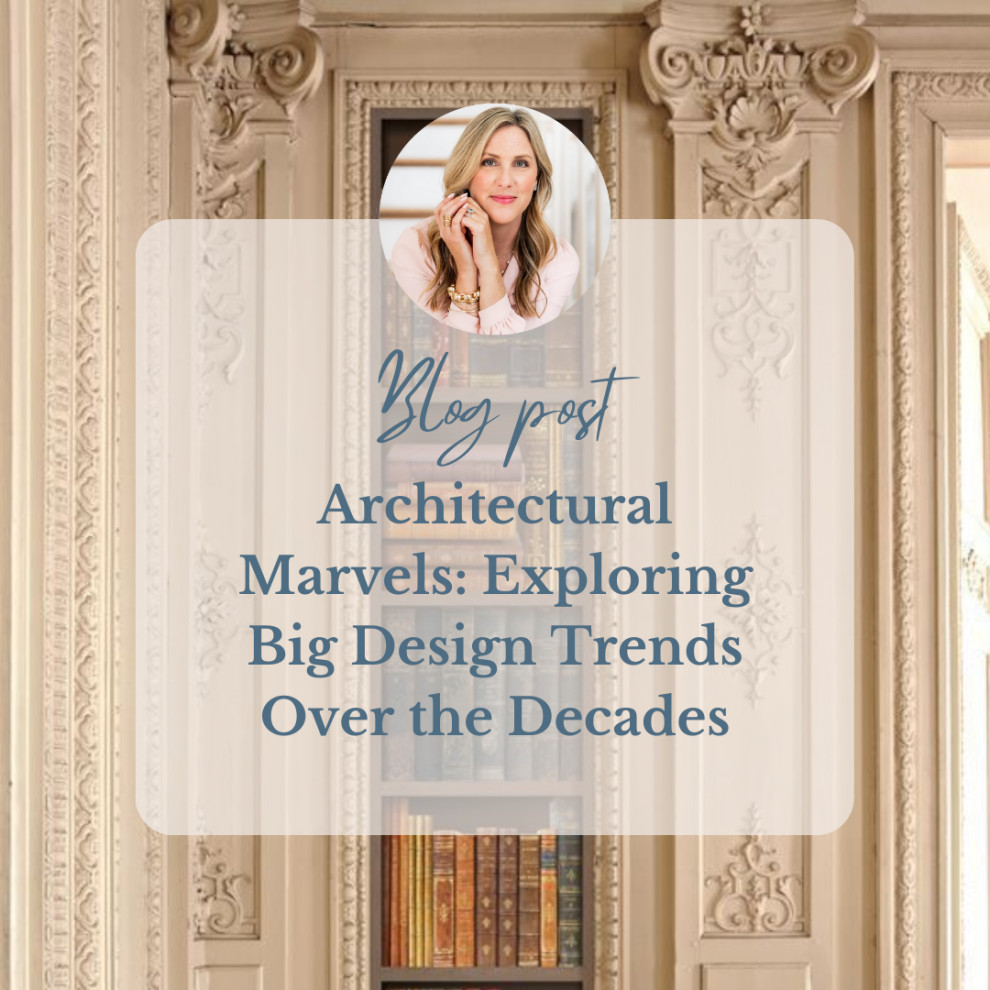Architectural Marvels: Exploring Big Design Trends Over the Decades

Architectural design trends have evolved significantly over the decades, reflecting changes in technology, culture, and societal values. Here's an overview of some major design trends from the past century:
1. Postmodernism (1970s-1980s):
· A reaction against the austerity of modernism, postmodernism embraced eclectic styles and historical references.
· Playful use of forms, colors, and materials, often
combining traditional and contemporary elements.
· Notable examples include the Piazza d'Italia in New Orleans
and the Portland Building in Oregon.
2. Deconstructivism (1980s-1990s):
· Characterized by fragmented and distorted forms that appear to defy conventional design principles.
· Architects like Frank Gehry and Zaha Hadid played key roles in this movement.
· Iconic examples include the Guggenheim Museum Bilbao and the Dancing House in Prague.
3. Sustainable Design (1990s-present):
· Growing emphasis on environmentally friendly and energy-efficient
architecture.
· Incorporation of green roofs, solar panels, and other
sustainable technologies.
· Examples include the One Central Park in Sydney and the Bosco Verticale in Milan.
4. Parametric Design and Digital Fabrication (2000s-present):
· Use of advanced computational tools to create complex, parametrically designed structures.
· Innovative use of materials and construction techniques, often enabled by 3D printing and other digital fabrication methods.
·Examples include the Heydar Aliyev Center in Baku and the Guangzhou Opera House.
5. Biophilic Design (2010s-present):
· Integration of natural elements and patterns into the built environment to enhance well-being.
· Use of greenery, natural light, and organic shapes to create more human-centric spaces.
· Examples include the Amazon Spheres in Seattle and the Bosco Verticale in Milan.
6. Smart Cities and Responsive Architecture (2010s-present):
· Integration of technology to create intelligent and responsive buildings and urban environments.
· Use of sensors, automation, and data analytics to enhance efficiency and user experience.
· Examples include the Masdar City in Abu Dhabi and the Songdo International Business District in South Korea.
These trends showcase the dynamic nature of architectural design, reflecting the ever-changing needs, values, and technological advancements of society.
